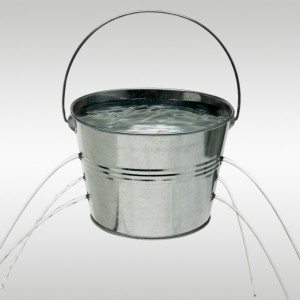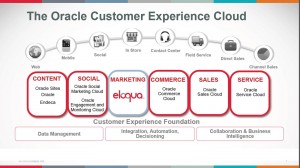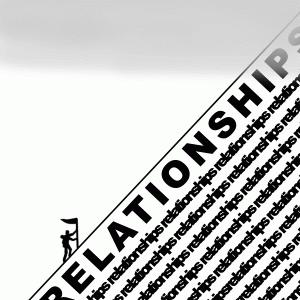How B2B Lead Nurturing can Convert Even Seasoned Buyers
 Seasoned buyers have higher standards and are typically harder to convert without an effective lead nurturing strategy. It makes you wonder, how B2B lead nurturing can convert even seasoned buyers? The longer someone has been purchasing for a company, the less susceptible they are to sales pitches and traditional closing tools. The only thing that is going to convince them to buy is hard facts and solid proof that it is a worthwhile or cost effective investment. Buyers will ask themselves whether or not your solution will help them make money or save money.
Seasoned buyers have higher standards and are typically harder to convert without an effective lead nurturing strategy. It makes you wonder, how B2B lead nurturing can convert even seasoned buyers? The longer someone has been purchasing for a company, the less susceptible they are to sales pitches and traditional closing tools. The only thing that is going to convince them to buy is hard facts and solid proof that it is a worthwhile or cost effective investment. Buyers will ask themselves whether or not your solution will help them make money or save money.
The foundation of B2B lead nurturing is building trusting relationships with potential buyers, so they want to willingly give a company their business out of respect and appreciation. Nurturing leads means creating a lasting connection with a potential buyer using worthwhile content and then allowing them to come to their own conclusion once they are ready to commit. It is not a series of forceful or obvious promotional pieces that are used to rush them into a decision.
Seasoned buyers are the toughest customers which is why B2B lead nurturing has to first brand the business as being an expert in their field. By regularly providing a purchaser with free and useful information, they will experience the benefit of the relationship prior to making a purchase. It will make the lead view the business as a valuable resource instead of a vendor who is only trying to score a new deal.
B2B lead nurturing has to be cleverly disguised as an attempt to inform and educate the buyer rather than as a sales promotion sent to everyone in hopes that someone will bite. Always focus on how a product or service can make their job easier or their business more efficient. Don’t try to directly sell the product or service. The emphasis should be on how it will benefit the purchaser without actually suggesting they buy. It is a delicate balance that takes time to perfect.
A company loses credibility if every article or blog ends with some catchy sales phrase trying to convince the reader to “act now, before it’s too late.” Someone who purchases for a living will find this offensive, since they know the same offer (or a similar enticing offer) will be made whenever they are ready. If B2B lead nurturing is done right, the buyer will decide on their own when they are ready to move forward with a purchase.
Seasoned buyers are not easily persuaded, but that is what makes lead nurturing so effective on them. They are looking for established and helpful companies that are focused on creating mutually beneficial relationships. The foundation of lead nurturing is developing mutually beneficial relationships which is why nurturing leads can convert even the toughest customer.
So, if you are interested in Lead Liaison to help increase your company’s revenue act now, before it’s too late! Just kidding!











